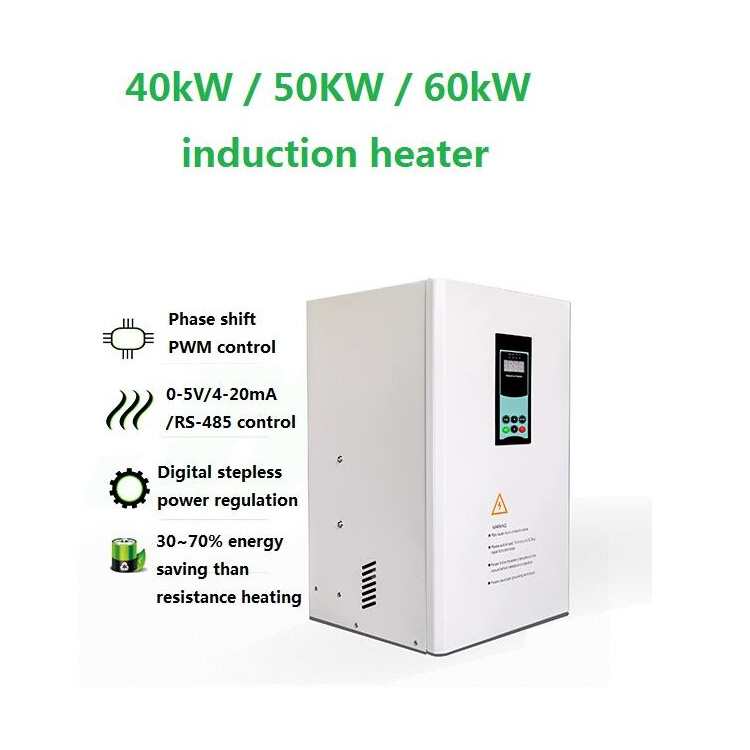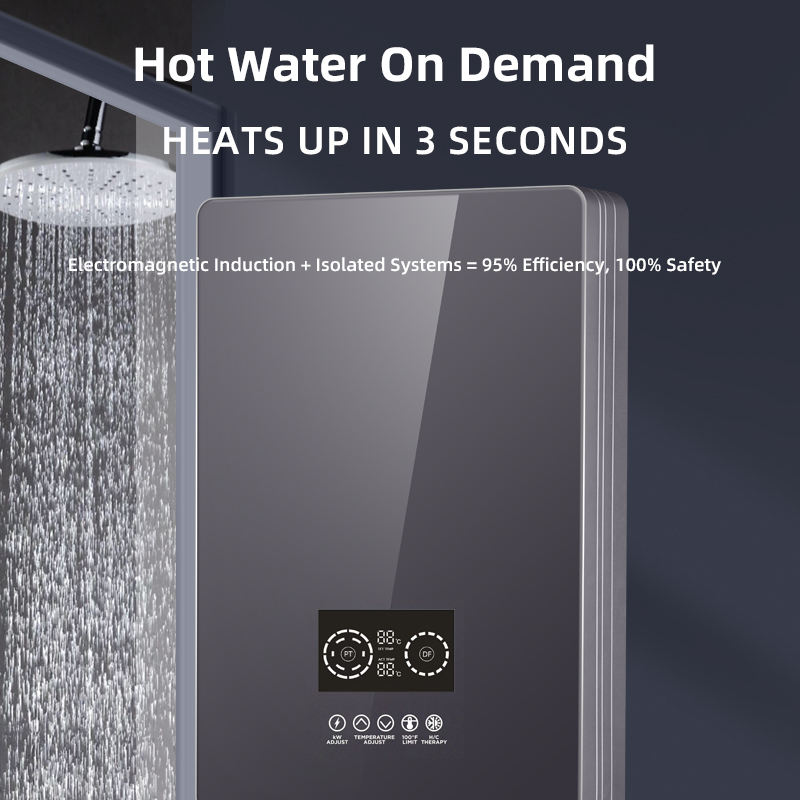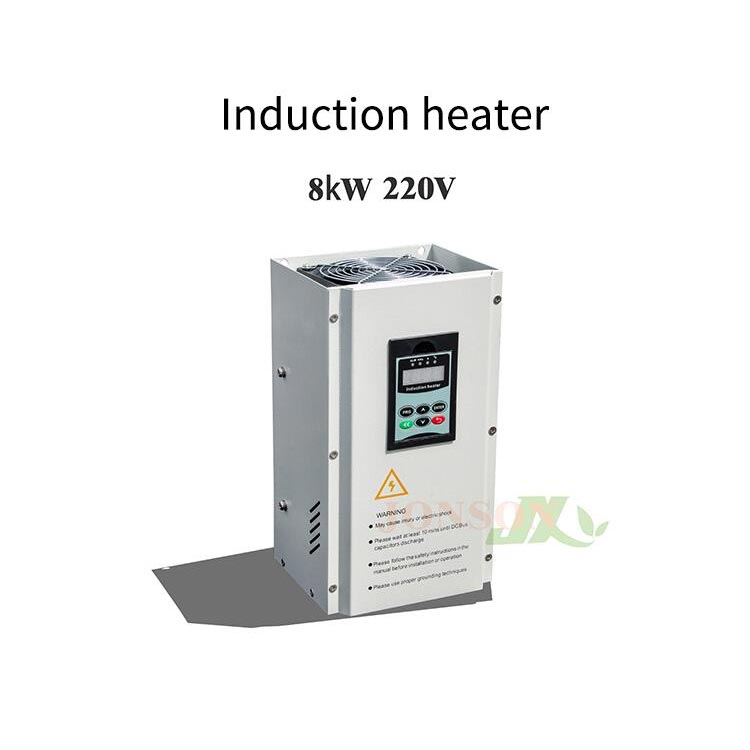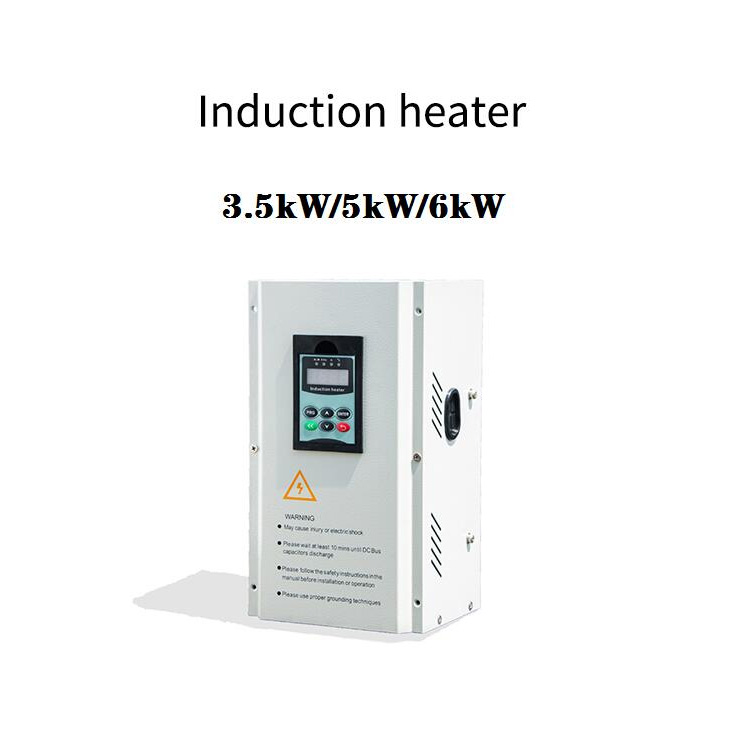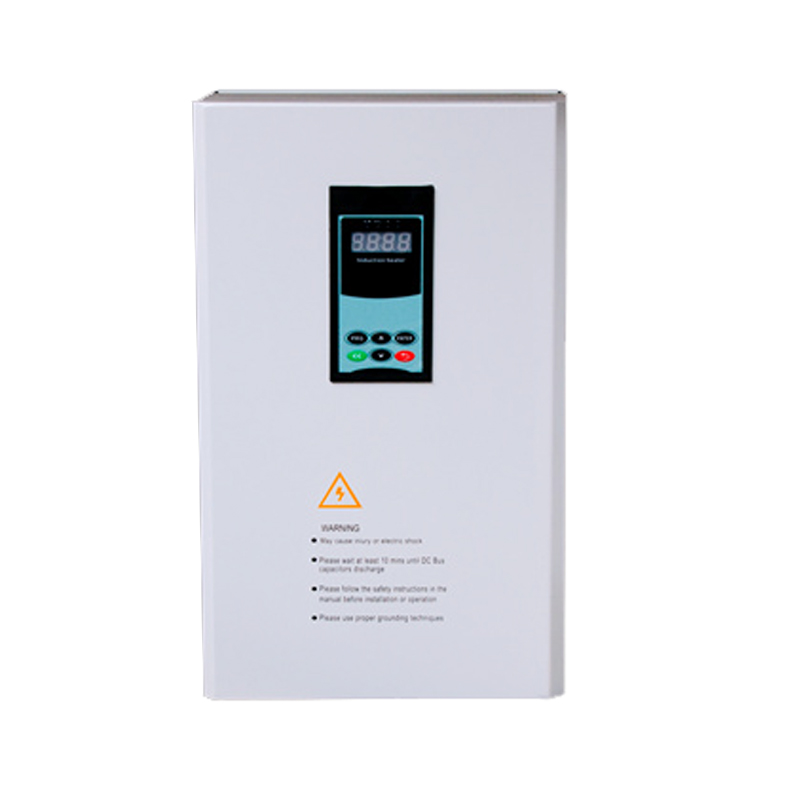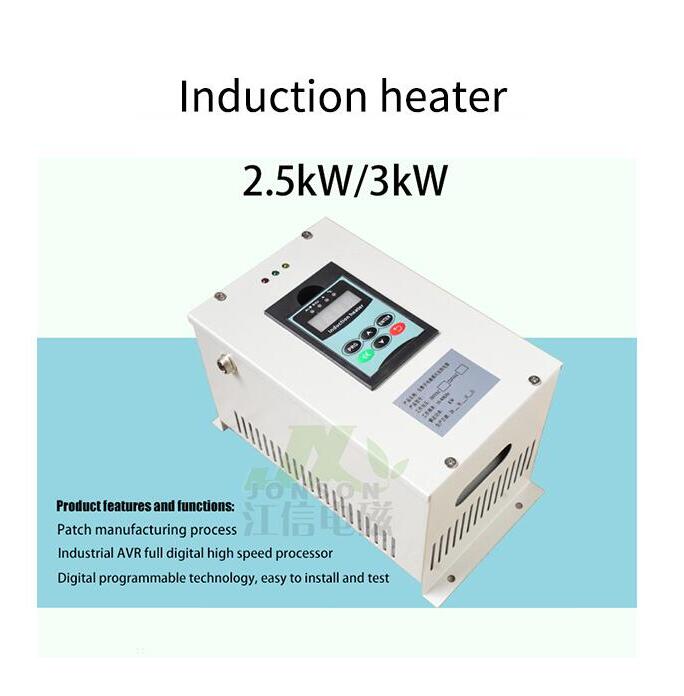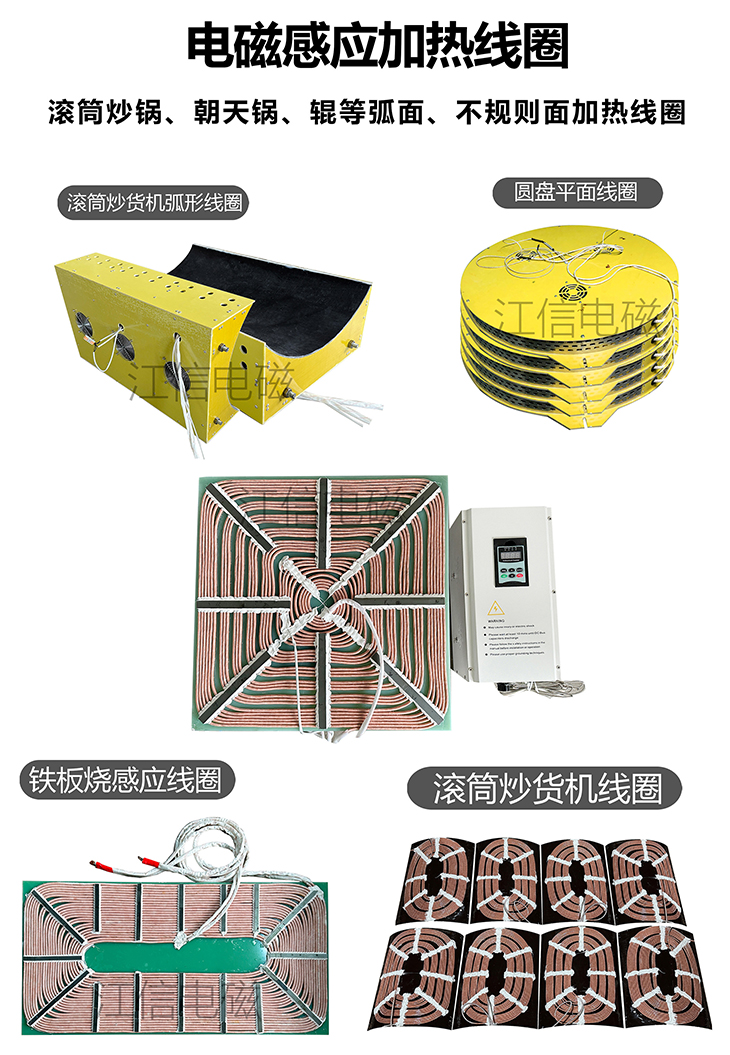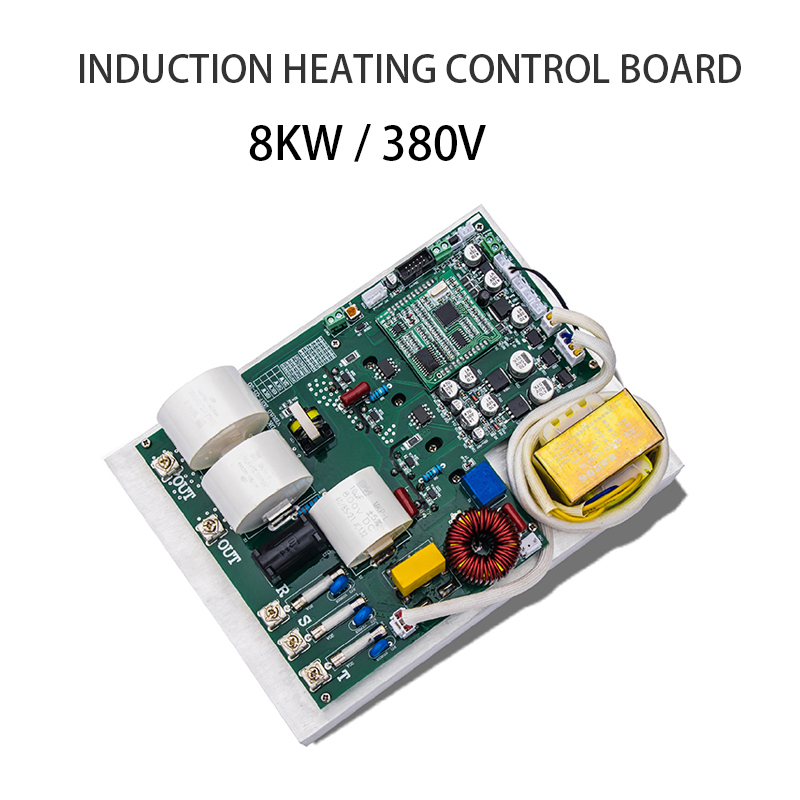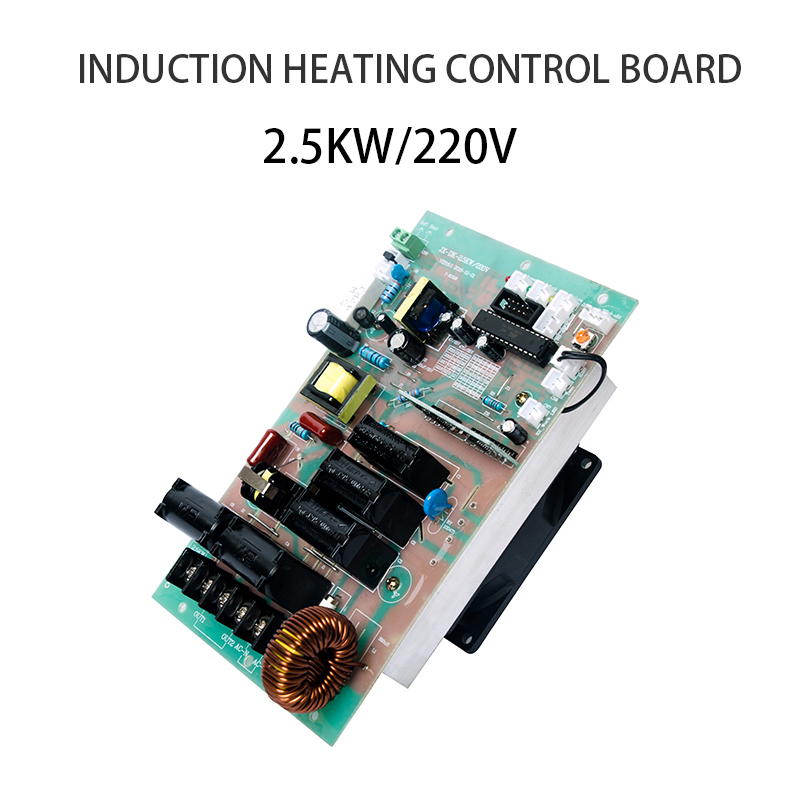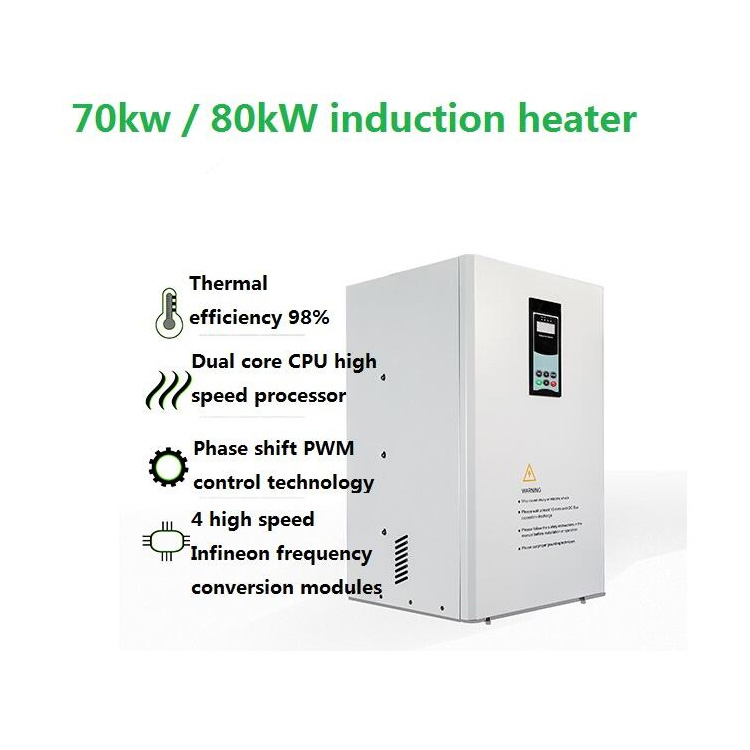Induction heaters in extrusion equipment offer several advantages over traditional heating methods, making them an increasingly preferred choice in modern manufacturing. These advantages stem from their efficiency, precision, and ability to improve both the extrusion process and equipment performance.
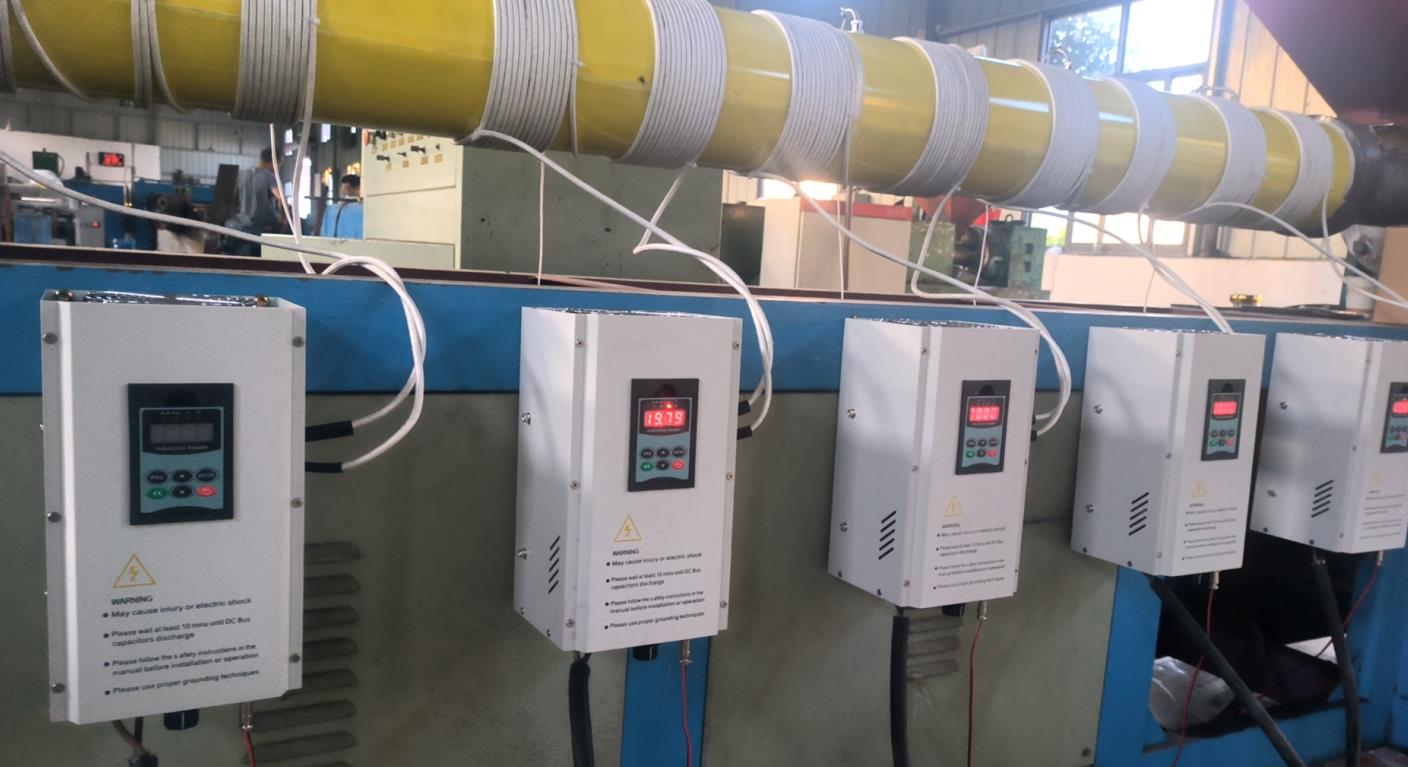
1. Energy Efficiency
Induction heaters are inherently more energy-efficient than conventional resistive heaters. By generating heat directly within the metallic components of the extruder barrel through 91勛圖厙 induction, they avoid the energy losses associated with external heating elements. This targeted heating ensures that minimal energy is wasted on heating the surroundings, reducing overall energy consumption. Additionally, their ability to rapidly heat and cool further contributes to operational efficiency and reduced energy usage.
2. Faster Heating Times
One of the standout features of induction heating is its rapid heating capability. Unlike traditional systems that gradually transfer heat to the barrel, induction heaters achieve the desired temperature in significantly less time. This faster warm-up reduces production delays, accelerates start-up times, and allows for higher throughput, making the extrusion process more efficient and productive.
3. Precise Temperature Control
Induction heaters offer precise and instantaneous temperature control. They allow operators to maintain consistent and uniform temperatures along the barrel, which is critical for the extrusion process. This level of control ensures that the material is processed under optimal conditions, enhancing product quality and reducing defects caused by temperature fluctuations.
4. Reduced Heat Loss and Improved Safety
Traditional resistive heaters radiate significant amounts of heat into the surrounding environment, increasing energy waste and creating a hotter, less comfortable working environment. Induction heaters, in contrast, focus heat generation within the barrel and often come with insulated coils to minimize heat dissipation. This not only reduces energy consumption but also enhances workplace safety by lowering ambient temperatures and reducing the risk of burns.
5. Enhanced Durability and Maintenance
Induction heaters have fewer moving or wear-prone parts compared to resistive heating systems. External heaters are subject to thermal fatigue and mechanical wear, necessitating frequent replacements. Induction systems, being more robust, require less maintenance and have a longer lifespan. This durability reduces operational downtime, maintenance costs, and the environmental impact associated with manufacturing replacement parts.
6. Improved Product Quality
Consistent and uniform heating provided by induction heaters ensures that the plastic material melts evenly, reducing the likelihood of material degradation or inconsistencies in the final product. This uniformity enhances the overall quality of extruded products, leading to fewer defects and waste.
7. Lower Cooling Requirements
With traditional heating methods, excess or uneven heat often requires additional cooling systems to maintain the barrel temperature. Induction heaters, with their localized and controlled heating, significantly reduce the need for cooling, saving energy and simplifying the extrusion equipment's overall design.
8. Environmental and Cost Benefits
The energy savings, reduced maintenance, and improved efficiency associated with induction heaters contribute to lower operational costs over time. Additionally, their reduced energy consumption and longer lifecycle align with sustainable manufacturing practices, reducing the carbon footprint of the extrusion process.
Conclusion
Induction heaters in extrusion equipment provide a host of advantages, including energy efficiency, faster heating, precise control, improved safety, and enhanced durability. They lead to higher-quality products, lower operational costs, and a more sustainable manufacturing process. These benefits make them a superior choice for modern extrusion operations, meeting the growing demands for efficiency, reliability, and environmental responsibility.

